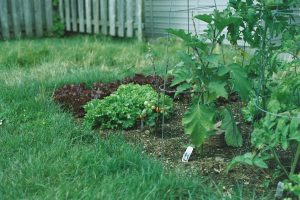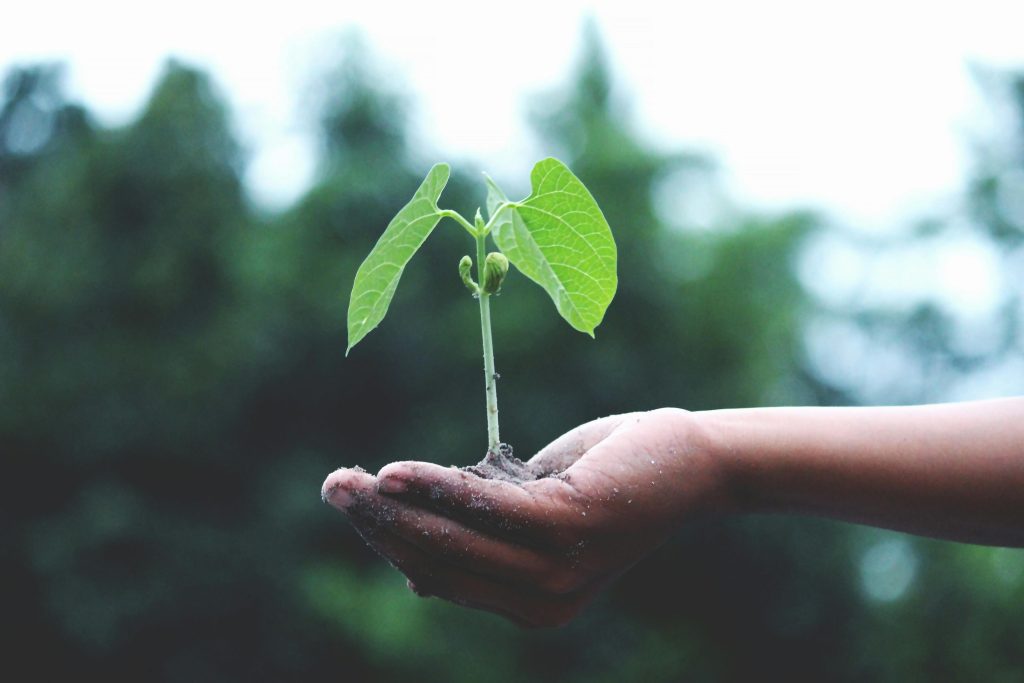
Potash in Orchards: Preparing Trees for Winter Dormancy
Orchards are long-term investments. Whether you manage apples, pears, peaches, plums, or cherries, the productivity and profitability of fruit trees depend on how well they

Soil is more than just a place for roots—it’s a living ecosystem, the foundation for healthy lawns, vibrant gardens, and productive crops. But over time, many soils become depleted. Years of overuse, chemical applications, compaction, erosion, and neglect can leave your soil lifeless, sterile, and unable to support thriving plant life. If your plants seem to struggle no matter what you feed them, the problem might not be the plant—it’s likely the soil.
The good news? Soil can be rebuilt. And one of the most effective, natural, and long-lasting ways to do this is with organic dry fish fertilizer.
In this article, we’ll explore how organic dry fish fertilizer helps regenerate damaged and depleted soils. Whether your challenge is compacted clay, nutrient-starved sand, chemically burned beds, or neglected turf, fish fertilizer offers a biologically rich solution that restores life below the surface and sets your plants up for long-term success. We’ll cover how it works, how to apply it, and why Supply Solutions LLC is your trusted source for premium-grade organic dry fish fertilizer.
Before we rebuild, we need to understand the problem. Soil degradation can happen in many ways:
The result? Your soil becomes lifeless—unable to retain water, deficient in nutrients, and lacking the biology that makes nutrients available to plants. In this state, even the best seeds and transplants will struggle.
Dry fish fertilizer offers a powerful one-two punch of nutrient replenishment and biological regeneration. Unlike synthetic fertilizers that simply feed the plant, dry fish fertilizer feeds the soil first—restoring the biological processes that make long-term fertility possible.
Here’s what makes it effective:
When applied to depleted soil, fish fertilizer doesn’t just “feed.” It regenerates.
Soil is naturally self-healing when given the right tools. Organic dry fish fertilizer activates this process by triggering microbial activity and reintroducing organic inputs. Here’s how that regeneration cycle works:
This is not a one-time miracle. It’s a biological feedback loop that strengthens over time—each season richer than the last.
As your soil improves, you’ll begin to see:
These changes are subtle at first but compound rapidly. A garden that once struggled may thrive after just one or two seasons of consistent fish fertilizer use.
Lawns (compacted or chemically burned):
Vegetable beds (depleted or low-yield):
Perennial gardens (suffering dieback or slow growth):
Fruit trees and shrubs (stunted or yellowing):
Container plants (in reused or poor-quality soil):
Unlike bone meal, blood meal, or guano, fish fertilizer offers a well-rounded nutritional profile that supports recovery—not just performance.
Supply Solutions LLC is your reliable source for high-quality organic dry fish fertilizer. Our product is:
We don’t just supply nutrients—we help restore life to your soil.
Reach us through our contact form, message us on Facebook, call 503-451-1622, or email sales@mysolutionssupply.com. We’re ready to help you turn lifeless dirt into living soil—season after season.

Orchards are long-term investments. Whether you manage apples, pears, peaches, plums, or cherries, the productivity and profitability of fruit trees depend on how well they
Every successful vegetable garden begins with healthy soil. Fertile soil is not only about nutrients but also about structure, drainage, and the ability to support
Give us a call or visit our store, and we’ll help you find the right solution for your business.
© Supply Solutions LLC 2025